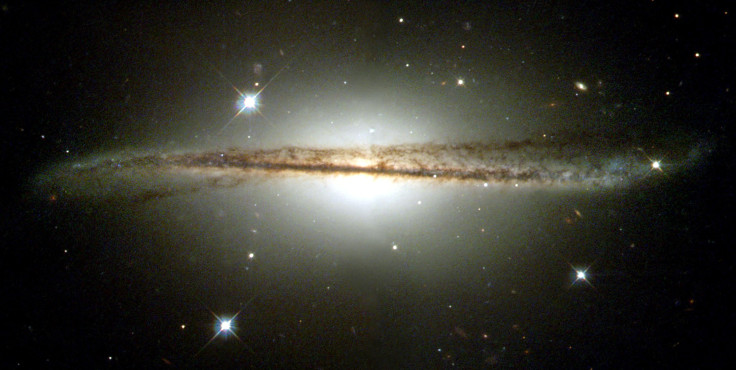Astronomers Discover New Type Of Stars Possibly Linked To Fundamental Element On Earth

KEY POINTS
- Researchers found a new type of stars rich in phosphorus
- Current models cannot predict the chemical abundance of the newly discovered stars
- The findings could one day help explain the origin of phosphorus on Earth
Researchers discovered a new type of stars rich in phosphorus. The findings could possibly help explain how the element came to be in the Milky Way and, ultimately, on Earth.
Almost all the elements in the universe were produced through nucleosynthetic reactions inside stars. Of these elements, phosphorus has been of great interest to scientists because it is one of the chemicals essential for life on Earth, along with carbon, nitrogen, oxygen and sulfur. However, its origins in the Milky Way and solar system remain unclear.
In a new study, a team of researchers reports the discovery of 15 phosphorus-rich stars that are also rich in elements including aluminum, magnesium, silicon, oxygen and cerium. In most cases, stars inherit their chemistry from other nearby stellar sources, with recent chemical evolution models successfully predicting the element abundances in the Milky Way. But the chemical pattern of the newly discovered stars cannot be predicted by current theories on stellar evolution, suggesting that these stars are a new type of object.
"Actually, the global chemical abundance pattern shown by phosphorus-rich stars does not resemble any stellar nucleosynthesis process known," study lead Thomas Masseron of Instituto de Astrofísica de Canarias (IAC) said in a "behind the paper" feature on Nature.
The researchers noted several possible origins of the stars' unique chemical pattern, from having accreted the chemicals from an "invisible companion" to a merging event but, the progenitors of the phosphorus-rich stars remain a mystery.
"Still, until the true nature of the P-rich stars polluters is revealed, we can speculate that they could have appreciably contributed to the Galactic chemical evolution (and de facto to the Solar System and Earth)," the researchers wrote.
Since these stars accreted their chemicals from another stellar source, finding this mysterious source could then provide clues as to how phosphorus originated in the galaxy, solar system and on Earth.
"It could be an important clue about the origin of the phosphorus, which is a fundamental component of life," study second author Aníbal García-Hernández of IAC said in a news release.
The study is published in the journal Nature Communications.
© Copyright IBTimes 2025. All rights reserved.






















